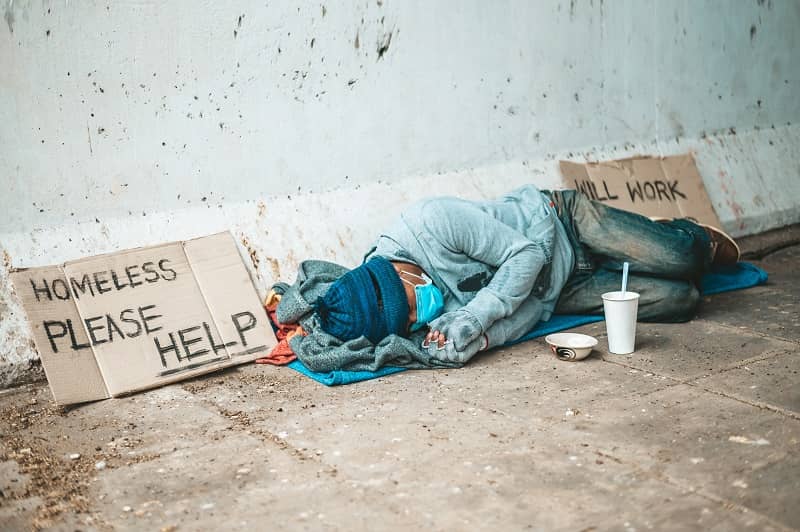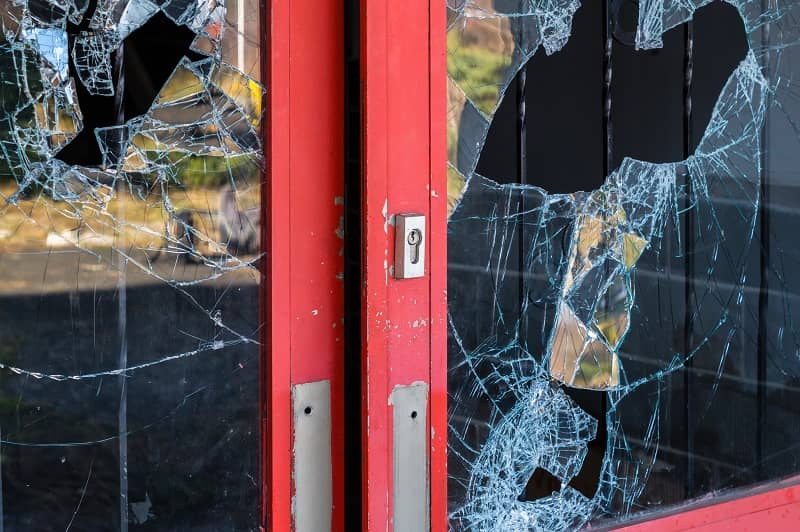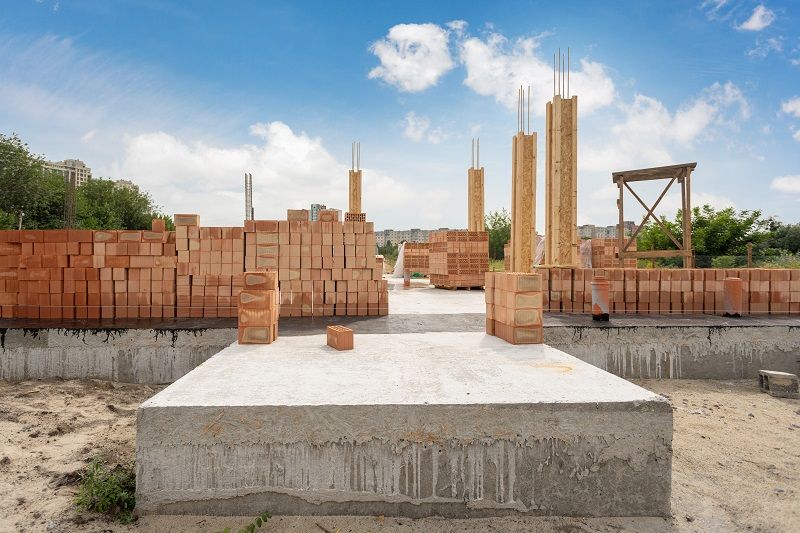By Eric Fruits, Ph.D.
Portland’s housing crisis is now in its sixth year. If it was a child, it would be entering first grade this fall. With kids, the first six years are marked by enormous growth and advancement. With homelessness, these last six years have seen enormous growth, but in the wrong direction.
Portland Mayor Ted Wheeler says the homelessness crisis has hurt the city’s “brand.” In a recent Metro Council meeting, Councilor Mary Nolan suggested the crisis is a “visibility problem.” In some ways they are correct. But, in others, they are way off base.
They are correct that homeless camps, cars, and RVs are a blight that harms the region’s reputation. With the exception of the West Hills, nearly every neighborhood in Portland has a homeless camp. Most residents are within a five-minute walk of one. It’s more than just the camps and campers—there’s the garbage, the piles of bicycles, and the burnt-out hulks of shopping carts. Paraphrasing Mayor Wheeler and Council Nolan, it’s ugly.
But, it’s way more than just ugly. It’s a crisis of public health and safety.
In 2019, the most recent year for which data is available, 113 people in Multnomah County had died homeless. Many of those deaths could have been prevented if our region didn’t have such a hands-off approach.
A couple of weeks ago, Portland police responded to a call that a man was in the middle of I-84 swinging a pipe at cars. As police approached, the man jumped the freeway barrier onto the MAX tracks, where he got hit by a train and was pronounced dead at the scene. Just two hours earlier, the same man entered a house and confronted a woman working upstairs. He refused her order to leave and left only when her husband and children came home. Police quickly tracked him down. But, they didn’t book him because of so-called “booking restrictions” at the city jail. So, they issued a citation and let him go. If that man had been picked up and booked, he’d still be alive.
Multnomah County’s latest count of the homeless population found that two-thirds have some combination of substance use disorder or mental health issues. Unfortunately, these are the people who are most resistant to treatment. Drug users want to use drugs. Many of those with mental illness either can’t get the necessary treatment or don’t want it. Shoveling hundreds of millions of dollars toward so-called wraparound services will do nothing if the people who need them don’t use them.
KATU reported that in just one night in May, Portland Fire and Rescue responded to at least 18 reports of fires connected to homeless camps. The number of reported homeless camp fires have more than doubled since last year. As we head into a hot dry summer, wildfire season won’t be confined to the forests.
Walk through a Portland Fred Meyer store, and you’ll notice that much of the camping gear is locked behind glass doors. Some stores have armed security guards. Drive around town and you’ll quickly put two and two together: Most of the tents spread throughout the region were stolen.
Early one morning, I went to QFC to get some milk. As I entered, two employees were chasing down a man who stole a bag of groceries. They told me that was the third person they chased out of the store that day. I asked where all the shopping carts were. Stolen. It was only 6:30 a.m.
Walk through a homeless camp, and you’ll see some very nice bikes. When my daughter and her friend’s bikes were stolen in broad daylight in front of my house, the police officer who took the report told me they’d probably end up in a homeless camp.
Sure, these are just “petty thefts”—a shopping cart here, a bicycle there, a propane tank over there—but these costs add up across thousands of victims and over years of time.
Research from Portland State University found that nearly 40% of Portland’s reported property crimes occur near homeless camps. Nearly 60% of crimes against society occur near homeless camps. Crimes against society include drug and narcotic violations, as well as weapons law violations, prostitution, and animal cruelty.
But, it’s not just the community at-large that’s harmed by the spread of the homeless population. The homeless themselves are frequently crime victims. Last month, Portland police were called to a horrifying crime scene. They found a hand sticking out from under wood in a firepit at a northeast Portland homeless camp. Both the victim and the accused were identified as residents of the camp. Earlier this month, a man was arrested for shouting racial hate speech and threatening language while swinging a machete at a homeless man.
The three counties in the Portland area spent $112 million last year on housing services. That does not include the millions of dollars spent each year on building housing with Portland and Metro’s affordable housing bonds. Metro’s two new income taxes for “supportive housing services” is expected to more than double the region’s services spending. Even so, housing advocates say that’s not enough.
Here’s the thing: No amount will ever be enough. That’s because over the past few decades, the Portland region has seen homeless advocates and nonprofit providers proliferate and accrue enormous clout. Some have called this new blob of money-grabbers the “Homeless Industrial Complex.” Once you see how the system works, you’ll understand why it has grown in size and power.
In general, the process works like this: Developers take public money to build projects to house the homeless, such as “transitional housing” or “permanent supportive housing.” Local governments collect building fees and hire bureaucrats for implementation, administration, and oversight. The projects are then handed off to nonprofits with long-term contracts to run them. So far, so good. But the problem is the price tag.
Developers don’t just build housing projects, they build enormously overpriced, overbuilt housing projects. Projects built with Portland and Metro’s affordable housing bond money cost twice as much to build per unit as plain ol’ market rate housing. There’s a wide range of reasons.
First, local governments often demand gold-plated projects with amenities and energy efficiency certificates. Then you’ve got prevailing wage laws that require any labor used to build the projects pays at least what the unions charge. On top of that, you have all the oversight and administration, including things like listening sessions and design review. These delays can add thousands of dollars to the per unit cost.
Local governments create massive bureaucracies. Metro’s “supportive housing services” program requires counties to work with providers to develop a “local implementation plan.” That plan must then be approved by Metro Council. Then there’s a Metro-run “oversight committee,” as well as a tri-county “planning” committee. But before any of that happens, Metro incurs huge costs just to collect its two new income taxes. Metro’s own auditor estimates that about one-third of the taxes collected will get siphoned off to collection, administrative, and overhead costs.
The nonprofits don’t just run these projects, they operate huge bureaucratic empires with overhead, marketing budgets, and executive salaries that do nothing for the homeless. Even worse, they often provide “grassroots” and financial support for campaigns to increase taxes to fund the programs they run. At the same time, there’s growing evidence that these do-gooder nonprofits underpay the frontline employees who actually deliver the services.
With so many people and organizations profiting from the homelessness crisis, it wouldn’t be cynical to conclude that they don’t want to end homelessness. If the crisis ends, their funding goes away.
That’s why Metro and the nonprofits who get funding under Metro’s program don’t want to talk about accountability or measures of success. Instead of measuring success by the number of people who get off the streets and out of their cars, they want to measure success by how much money they spend and how many people they interact with. It’s perfect for them; they can claim success in helping thousands of people while demanding more money as the crisis worsens. While it’s perfect for them, it’s worse for us. Our taxes skyrocket, but the problem never goes away.
There are no easy solutions to homelessness. But there are cost-effective things that can be done. First, we need enough emergency shelter space so that anyone who wants shelter can have it. Not only is that the right thing to do, it’s also a savvy thing to do. You see, once we have sufficient shelter space, we have an opportunity to start clearing camps. With enough shelter space, the argument that campers have nowhere else to go is an empty excuse.
To go along with the additional shelter space, we need a system to track where the open space is. Here we are in the Silicon Forest, and none of our local agencies have a method to track shelter space. One city in California began its tracking system with pen and paper. And, guess what? It worked.
Homelessness is more than a “branding” or “visibility” problem. It’s a serious social crisis that harms the homeless themselves, as well as the community at large. We are not doing any favors to the homeless or ourselves in overspending on programs that will do nothing to help these members of our community get back on their feet.
Eric Fruits, Ph.D. is Vice President of Research at Cascade Policy Institute and an adjunct professor at Portland State University, where he teaches courses in urban economics and regulation. This article was originally published in the June 2021 Oregon Transformation newsletter.













william MacKenzie
Exactly on target, but it won’t matter. The homeless complex is in charge.
Glenn Gailis
My opinion is that this article is right on. The system is perpetuating itself, is not accountable for results and is no solution for the homelessness problem. The system helps no one. Portland is a mess with no sign of improvement. New leadership is desperately needed in this once beautiful city.